
The Enchanting Heart of Rome: The Historic Centre
Discover Rome's Historic Centre: a UNESCO World Heritage site filled with ancient wonders, Renaissance art, and vibrant modern life, offering an unforgettable journey through time.
Welcome to the Historic Centre of Rome, a captivating blend of ancient history and vibrant modern life. As you wander through its cobblestone streets, you'll find yourself stepping back in time, surrounded by remnants of the Roman Empire, Renaissance art, and Baroque architecture. This area, listed as a UNESCO World Heritage Site, boasts an unparalleled density of historical treasures. Begin your journey at the iconic Colosseum, where gladiators once fought for glory. Nearby, the Roman Forum offers a glimpse into the daily life of ancient Romans, with its ruins of temples, markets, and public spaces. A short walk away, the Pantheon stands as a testament to Roman engineering, with its impressive dome and oculus that has inspired architects for centuries. No visit to the Historic Centre is complete without tossing a coin into the Trevi Fountain, ensuring your return to Rome. Stroll towards the Spanish Steps, where you can enjoy a panoramic view of the city. Along the way, indulge in authentic Italian gelato from one of the many artisanal shops. The Piazza Navona, with its stunning fountains and lively atmosphere, is perfect for an evening aperitif or a leisurely dinner at a traditional trattoria. The Historic Centre is not just about ancient relics; it's a living, breathing part of Rome, where past and present coexist harmoniously. From bustling markets and chic boutiques to serene churches and hidden courtyards, there's always something new to discover. Whether you're an art enthusiast, history buff, or simply a lover of beautiful places, the Historic Centre of Rome promises an unforgettable experience.
Local tips in Historic Centre
- Wear comfortable shoes; the cobblestone streets can be tough on your feet.
- Visit popular sites early in the morning or late in the afternoon to avoid crowds.
- Carry a reusable water bottle; there are numerous public fountains with potable water.
- Opt for a guided tour to gain deeper insights into the historical significance of landmarks.
- Explore side streets and alleys for hidden gems and local eateries away from tourist spots.
The Enchanting Heart of Rome: The Historic Centre
Welcome to the Historic Centre of Rome, a captivating blend of ancient history and vibrant modern life. As you wander through its cobblestone streets, you'll find yourself stepping back in time, surrounded by remnants of the Roman Empire, Renaissance art, and Baroque architecture. This area, listed as a UNESCO World Heritage Site, boasts an unparalleled density of historical treasures. Begin your journey at the iconic Colosseum, where gladiators once fought for glory. Nearby, the Roman Forum offers a glimpse into the daily life of ancient Romans, with its ruins of temples, markets, and public spaces. A short walk away, the Pantheon stands as a testament to Roman engineering, with its impressive dome and oculus that has inspired architects for centuries. No visit to the Historic Centre is complete without tossing a coin into the Trevi Fountain, ensuring your return to Rome. Stroll towards the Spanish Steps, where you can enjoy a panoramic view of the city. Along the way, indulge in authentic Italian gelato from one of the many artisanal shops. The Piazza Navona, with its stunning fountains and lively atmosphere, is perfect for an evening aperitif or a leisurely dinner at a traditional trattoria. The Historic Centre is not just about ancient relics; it's a living, breathing part of Rome, where past and present coexist harmoniously. From bustling markets and chic boutiques to serene churches and hidden courtyards, there's always something new to discover. Whether you're an art enthusiast, history buff, or simply a lover of beautiful places, the Historic Centre of Rome promises an unforgettable experience.
Iconic landmarks you can’t miss
Pantheon
Discover the Pantheon, Rome's ancient architectural gem, revered for its impressive dome and rich historical significance.
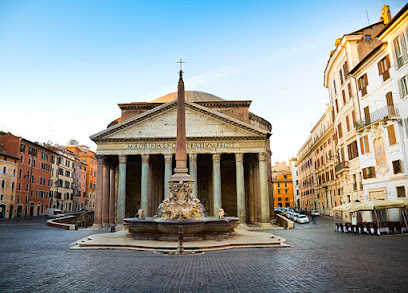
Roman Forum
Explore the Roman Forum, a symbol of ancient Rome's grandeur, where history, culture, and breathtaking ruins come together in the heart of the Eternal City.
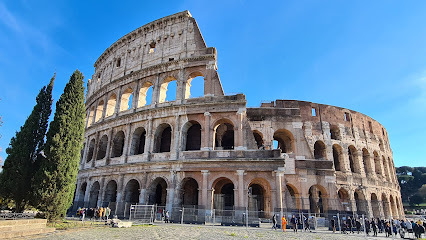
Piazza del Popolo
Explore the stunning Piazza del Popolo, a historical plaza in Rome that features breathtaking architecture and serves as a vibrant gathering spot for locals and tourists alike.
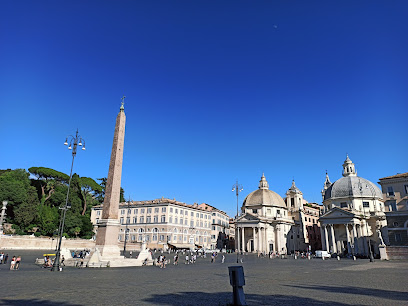
Monument to Victor Emmanuel II
Discover the grandeur of the Monument to Victor Emmanuel II in Rome, a stunning tribute to Italy's unity and heritage amidst breathtaking views.

Campidoglio
Explore the historic grandeur of Campidoglio in Rome, where ancient history meets stunning architecture and breathtaking views.

Largo Romolo e Remo
Explore the historical charm of Largo Romolo e Remo, where Rome's legendary origins come to life amidst modern vibrancy.
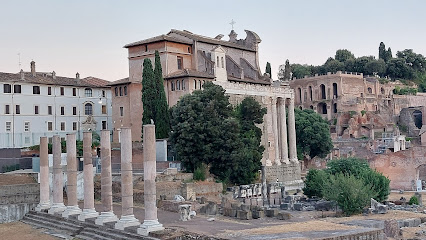
Centro Storico di Roma
Explore the enchanting Centro Storico di Roma, a UNESCO World Heritage site, where history and vibrant culture come together in the heart of the Eternal City.
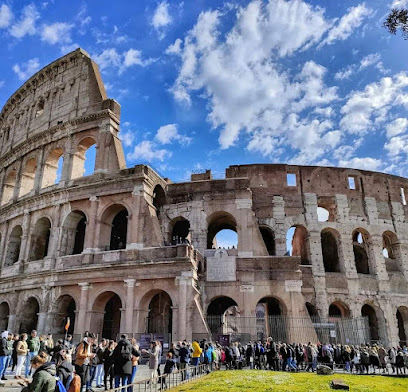
Colosseum
Explore the grandeur of the Colosseum, Rome's ancient architectural wonder, and immerse yourself in its rich history and captivating stories.
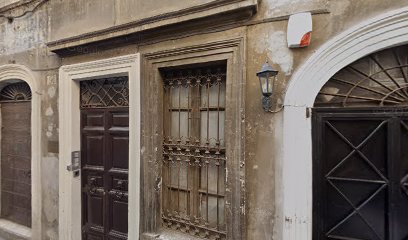
Pietra d'inciampo in memoria di Carlo Del Papa
Explore the poignant Pietra d'inciampo in Rome, a historical landmark honoring Carlo Del Papa and a reminder of the Holocaust.
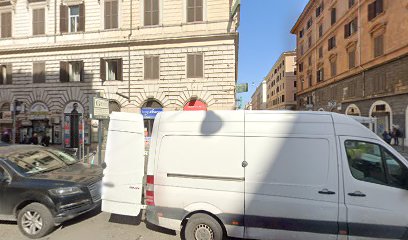
The coliseum
Discover the grandeur of the Coliseum, an iconic symbol of ancient Rome and a must-visit historical landmark that tells tales of gladiators and epic events.
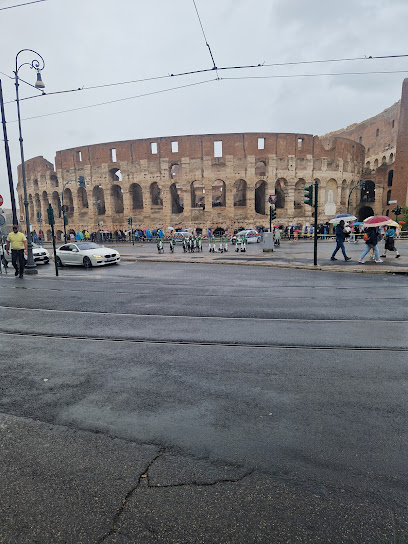
Unmissable attractions to see
Colosseum
Discover the Colosseum, Rome's iconic amphitheater and a testament to ancient engineering and captivating history.
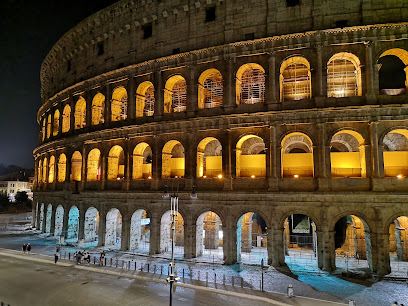
Piazza del Popolo
Discover the charm of Piazza del Popolo, a historic square in Rome that blends stunning architecture with vibrant city life in the heart of the Eternal City.
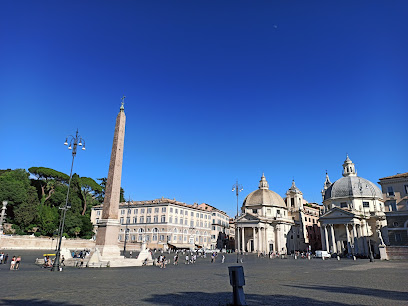
Essential places to dine
Osteria Bonelli
Discover authentic Italian flavors at Osteria Bonelli, where traditional recipes meet a cozy Roman atmosphere.
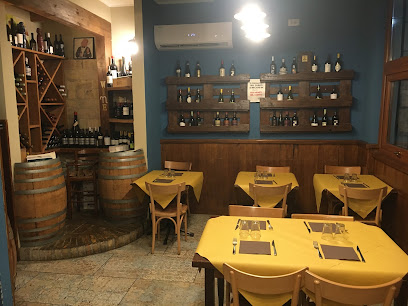
433
Discover authentic Italian flavors at Ristorante 433 in Rome - where tradition meets taste in every delightful dish.

Antica Osteria di Pietra
Experience authentic Roman flavors at Antica Osteria di Pietra – a culinary gem in the heart of Rome.
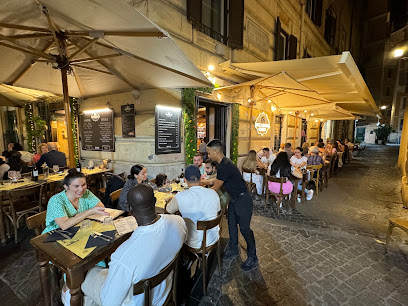
Taverna dei migliori
Discover Taverna dei Migliori: An Authentic Italian Dining Experience in the Heart of Rome Offering Traditional Flavors and Cozy Ambiance.

La Taverna dei Fori Imperiali
Experience authentic Italian cuisine at La Taverna dei Fori Imperiali in Rome – where tradition meets flavor in every dish.
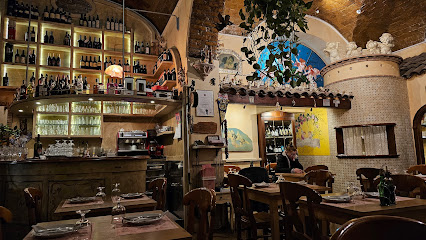
Non c’è trippa pe’ gatti
Experience authentic Italian and seafood cuisine at Non c’è trippa pe’ gatti, where every dish tells a story of flavor and tradition.
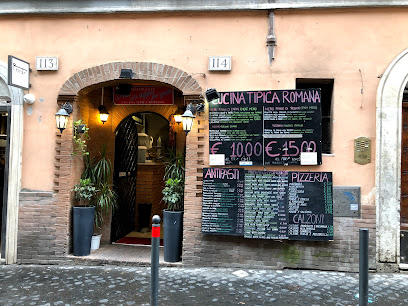
Massimo's Al 39 Restaurant
Experience the heart of Italian cuisine at Massimo's Al 39, where traditional flavors meet modern dining in the heart of Rome.
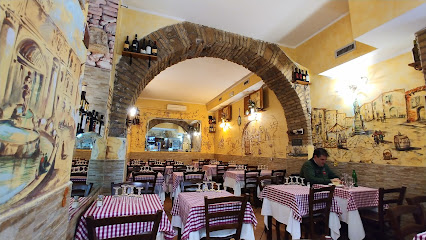
Ambrosia Rooftop Restaurant & Bar
Discover the perfect blend of fine Italian dining and stunning city views at Ambrosia Rooftop Restaurant & Bar in Rome.

Il Gabriello
Experience the essence of Italy at Il Gabriello with authentic dishes and a warm ambiance perfect for every occasion.
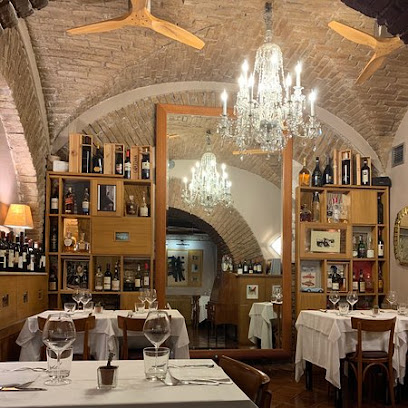
Ristorante il Buco Roma
Experience authentic Tuscan flavors at Ristorante il Buco in Rome—where tradition meets taste.
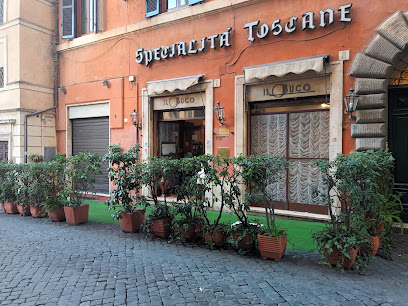
Markets, malls and hidden boutiques
Galleria Alberto Sordi
Experience the charm of Galleria Alberto Sordi in Rome, where shopping meets history in a stunning architectural setting.
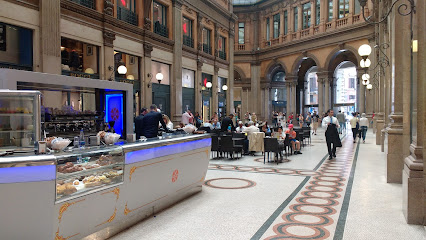
Manufactus Made In Italy
Explore unique Italian handicrafts, stationery, and souvenirs at Manufactus Made In Italy in the enchanting Piazza Navona, Rome.

Souvenir Shop
Discover the heart of Rome through unique souvenirs, from handcrafted art to traditional culinary delights, perfect for every traveler.
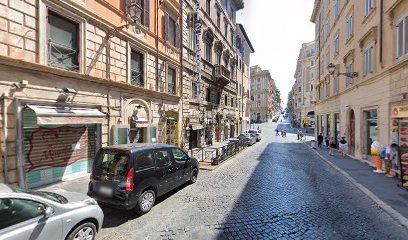
Artisanal Cornucopia
Discover unique, handcrafted clothing at Artisanal Cornucopia, a stylish boutique in the heart of Rome, embodying the essence of Italian fashion.
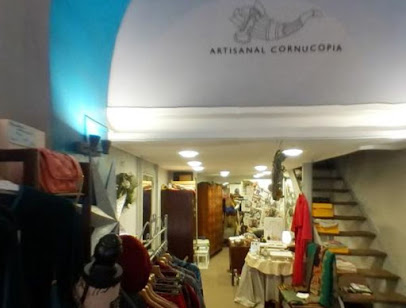
Associazione Negozi Storici d'Eccellenza Roma
Discover unique handcrafted gifts and authentic Roman souvenirs at Associazione Negozi Storici d'Eccellenza in the heart of Rome.
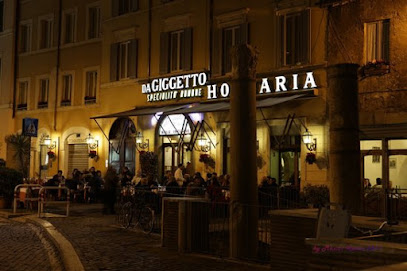
Amor Roma gift shop
Explore Amor Roma, a charming gift shop in the heart of Rome, offering unique souvenirs, clothing, and accessories that capture the essence of the Eternal City.
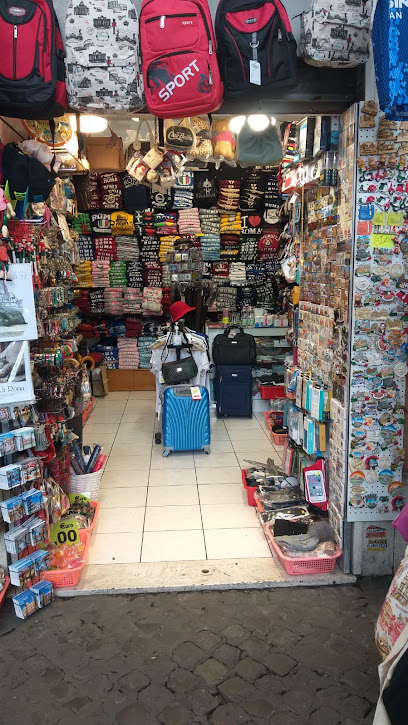
souvenir shop
Explore a charming souvenir shop in Rome, offering unique keepsakes and local artisan gifts to treasure your Italian adventures.
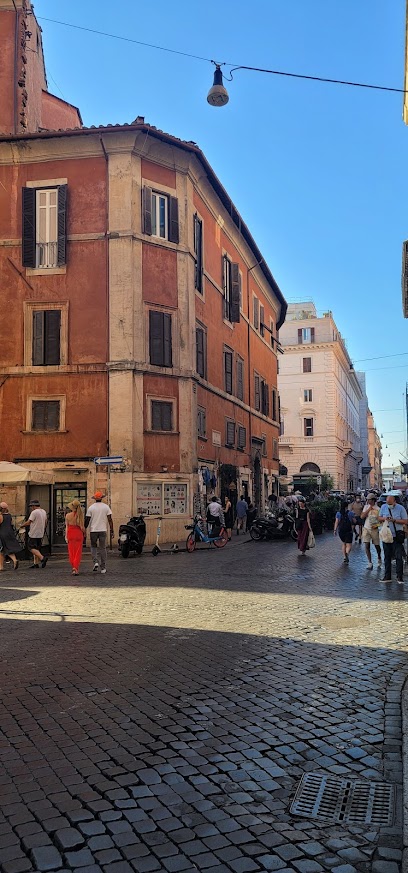
Stock Point
Explore Stock Point in Rome - your premier destination for authentic souvenirs and unique gifts that capture the essence of Italy.

Rome kunst
Explore Kunst, a vibrant art store in Rome, showcasing local artistry and creative treasures that embody the city's rich cultural heritage.
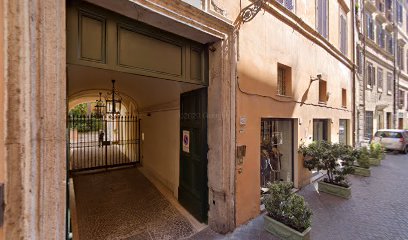
Amoroma Souvenir
Discover unique Roman souvenirs at Amoroma Souvenir, where every keepsake tells a story of Italy's rich heritage.
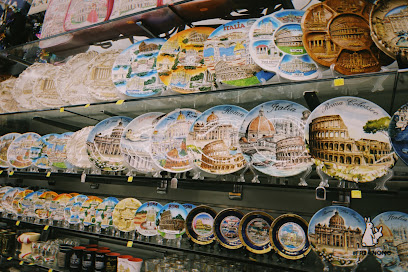
Essential bars & hidden hideouts
Drink Kong
Experience the vibrant cocktail culture of Rome at Drink Kong, where innovation meets tradition in a chic and lively atmosphere.

Jerry Thomas Speakeasy
Indulge in exquisite cocktails and a vintage atmosphere at Jerry Thomas Speakeasy, Rome's premier cocktail bar.
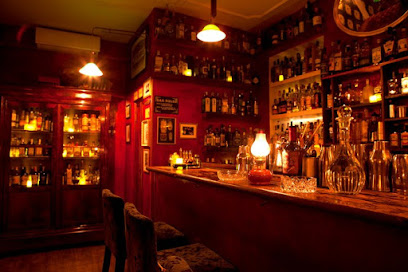
The Race Club
Experience the elegance of The Race Club, Rome's premier cocktail bar, where expert mixology meets luxurious ambiance for an unforgettable night.
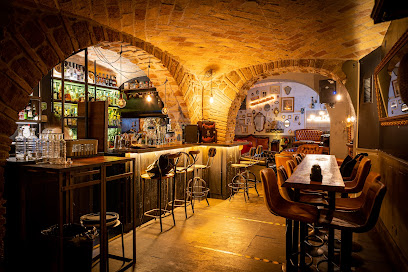
La Botticella of Poggi Giovanni
Experience authentic Roman hospitality at La Botticella di Poggi Giovanni, a wine bar offering exquisite local wines and delicious small plates in the heart of Rome.

Drink Art Gallery
Experience the vibrant fusion of art and cocktails at Drink Art Gallery, a unique cocktail bar in the heart of Rome.
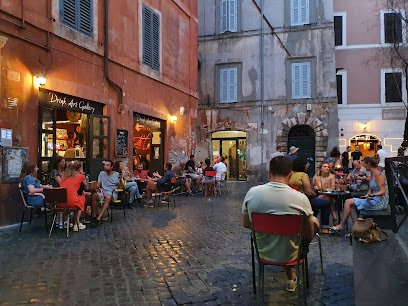
Resounding 33 Cocktail Bar
Experience the vibrant nightlife of Rome at Resounding 33 Cocktail Bar, where expertly crafted cocktails and a lively atmosphere await.
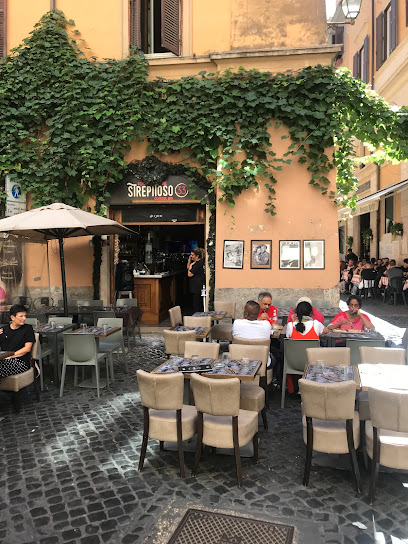
Stravinskij Bar
Discover the elegance of Stravinskij Bar in Rome – a serene retreat offering exquisite cocktails and a lush garden escape.

Argot - Mixology bar - Roma centro - musica live
Discover Argot, Rome's premier mixology bar, where handcrafted cocktails and live music create an unforgettable nightlife experience.
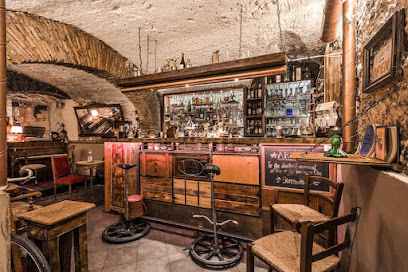
Apotheke Cocktail Bar
Discover Apotheke Cocktail Bar in Rome, a vibrant cocktail haven blending innovative drinks with a cozy atmosphere for the perfect night out.

8 e 1/2 Cocktail & Wine bar
Discover the art of cocktail and wine at 8 e 1/2, a stylish bar in the heart of Rome offering an unparalleled experience for enthusiasts.
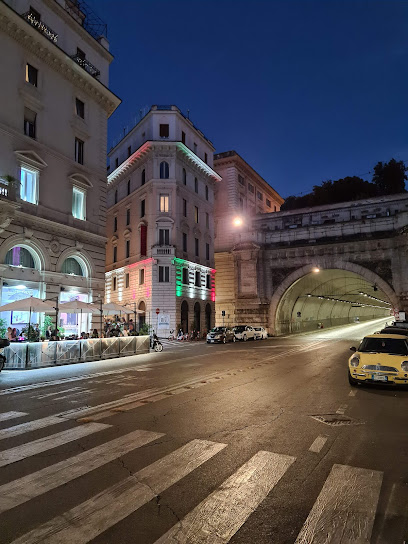
Local Phrases
-
- HelloCiao
[chao] - GoodbyeArrivederci
[ar-ri-ve-der-chi] - YesSì
[see] - NoNo
[no] - Please/You're welcomePer favore/Prego
[per fa-vo-re/pre-go] - Thank youGrazie
[gra-tzi-e] - Excuse me/SorryScusi/Scusa
[scoo-zi/scoo-za] - How are you?Come stai?
[co-me stai] - Fine. And you?Bene. E tu?
[be-ne/e tu] - Do you speak English?Parli inglese?
[par-li in-gle-se] - I don't understandNon capisco
[non ca-pi-sco]
- HelloCiao
-
- I'd like to see the menu, pleaseVorrei vedere il menù, per favore
[vo-re-i ve-de-re il me-nu, per fa-vo-re] - I don't eat meatNon mangio carne
[non man-gio car-ne] - Cheers!Salute!
[sa-lu-te] - I would like to pay, pleaseVorrei pagare, per favore
[vo-re-i pa-ga-re, per fa-vo-re]
- I'd like to see the menu, pleaseVorrei vedere il menù, per favore
-
- Help!Aiuto!
[aiu-to] - Go away!Vattene!
[vat-te-ne] - Call the Police!Chiama la polizia!
[chia-ma la po-li-zia] - Call a doctor!Chiama un dottore!
[chia-ma un dot-to-re] - I'm lostMi sono perso
[mi so-no per-so] - I'm illSto male
[sto ma-le]
- Help!Aiuto!
-
- I'd like to buy...Vorrei comprare...
[vo-re-i com-pra-re] - I'm just lookingSto solo guardando
[sto so-lo guar-dan-do] - How much is it?Quanto costa?
[quan-to cos-ta] - That's too expensiveÈ troppo caro
[e tro-ppo ca-ro] - Can you lower the price?Puoi abbassare il prezzo?
[pu-oi ab-bas-sa-re il pre-zzo]
- I'd like to buy...Vorrei comprare...
-
- What time is it?Che ora è?
[ke o-ra e] - It's one o'clockÈ l'una
[e lu-na] - Half past (10)Sono le dieci e mezza
[so-no le die-ci e mez-za] - MorningMattina
[mat-ti-na] - AfternoonPomeriggio
[po-me-rij-jo] - EveningSera
[se-ra] - YesterdayIeri
[ie-ri] - TodayOggi
[oj-ji] - TomorrowDomani
[do-ma-ni] - 1Uno
[u-no] - 2Due
[du-e] - 3Tre
[tre] - 4Quattro
[quat-tro] - 5Cinque
[chin-que] - 6Sei
[sei] - 7Sette
[set-te] - 8Otto
[ot-to] - 9Nove
[no-ve] - 10Dieci
[di-e-ci]
- What time is it?Che ora è?
-
- Where's a/the...?Dov'è un/il...?
[do-ve un/il] - What's the address?Qual è l'indirizzo?
[qual e lin-di-rit-zo] - Can you show me (on the map)?Puoi mostrarmi (sulla mappa)?
[pu-oi mos-trar-mi/sul-la map-pa] - When's the next (bus)?Quando passa il prossimo (autobus)?
[quan-do pas-sa il pros-si-mo/au-to-bus] - A ticket (to ....)Un biglietto (per ....)
[un big-let-to/per]
- Where's a/the...?Dov'è un/il...?
History of Historic Centre
-
The Historic Centre of Rome is the heart of the ancient city, where the foundations of Rome were laid in 753 BC. The area includes the Palatine Hill, the site where Romulus is said to have founded Rome. Throughout the early Republic, this neighbourhood flourished as a political and religious center, hosting key structures like the Roman Forum, which served as the epicenter for public life, commerce, and governance.
-
During the 1st century BC to the 2nd century AD, the Historic Centre became a symbol of imperial power and architectural grandeur. Emperors commissioned monumental structures such as the Colosseum and the Pantheon, which still stand today. The area was a showcase of Roman engineering and artistry, reflecting the empire’s vast influence and cultural achievements.
-
As the Roman Empire transitioned to Christianity, the Historic Centre underwent significant changes. The Edict of Milan in 313 AD legalized Christianity, leading to the construction of important churches such as Santa Maria Maggiore and San Giovanni in Laterano. This shift marked the beginning of a new era, where Rome became the center of the Christian world.
-
The 15th to 17th centuries saw the Historic Centre transformed by Renaissance and Baroque artists. Popes became major patrons of the arts, commissioning works from masters like Michelangelo and Bernini. Notable sites such as the Vatican, St. Peter's Basilica, and the Spanish Steps were developed during this period, enhancing Rome’s reputation as a center of art and culture.
-
The 19th and 20th centuries brought modernization challenges to the Historic Centre, as industrialization and urban growth threatened its ancient heritage. Efforts to preserve the area's historical integrity led to the establishment of laws protecting monuments and historic sites. UNESCO recognized the Historic Centre of Rome as a World Heritage Site in 1980, ensuring that its rich history would be maintained for future generations.
Historic Centre Essentials
-
The Historic Centre of Rome is easily accessible from other neighbourhoods via the city's extensive public transport system. You can reach it by taking the Metro Line A or B to Termini Station, which is the main railway hub. Buses also connect various neighbourhoods to the Historic Centre, with numerous stops throughout the area. If you're coming from Fiumicino Airport, the Leonardo Express train takes you directly to Termini in about 30 minutes.
-
The Historic Centre is best explored on foot, as many attractions are within walking distance of each other. Public transport options include buses and trams, which are operated by ATAC. Tickets can be purchased at kiosks or on the bus. Bicycles can be rented from various bike-sharing services, allowing you to navigate the city at your leisure. Note that traffic can be heavy, and cycling may not always be the safest option.
-
The Historic Centre is generally safe for tourists, but caution is advised in crowded areas like the Colosseum and Piazza Navona, where pickpocketing can occur. Avoid poorly lit streets at night, particularly around the outskirts of the area. While most of the neighbourhood is safe, areas to be cautious about include the outskirts of Termini Station, which can attract petty crime.
-
In case of an emergency, dial 112 for police, fire, or medical assistance. Familiarize yourself with the locations of nearby hospitals and pharmacies. Most pharmacies have a green cross and are open during business hours, with some offering 24-hour services. It's advisable to have travel insurance to cover any medical emergencies.
-
Fashion: Do dress appropriately when visiting religious sites, such as St. Peter's Basilica, where shoulders and knees should be covered. Don't wear overly casual attire, such as beachwear, in churches. Religion: Do be respectful during religious ceremonies or services. Don't take photos in places where it's prohibited. Public Transport: Do validate your ticket before boarding and be polite to fellow passengers. Don't block the aisles or talk loudly. Greetings: Do greet locals with a friendly 'Buongiorno' (Good morning) or 'Buonasera' (Good evening). Don't assume everyone speaks English; learning a few Italian phrases can be helpful. Eating & Drinking: Do try the local cuisine, including pasta and gelato. Don't eat while walking in religious sites or public transport, as this is considered impolite.
-
To experience the Historic Centre like a local, explore lesser-known streets and alleys where you can find charming cafes and artisan shops. Visit local markets, such as Campo de' Fiori, early in the morning for fresh produce and local delicacies. Engage with local vendors and ask for recommendations. For a unique experience, consider joining a walking tour that focuses on hidden gems or historical insights about the area.
Nearby Cities to Historic Centre
-
Things To Do in St. Peter's Square
-
Things To Do in Apostolic Palace
-
Things To Do in Sistine Chapel
-
Things To Do in Vatican Necropolis
-
Things To Do in St. Peter's Basilica
-
Things To Do in Gregorian Etruscan Museum
-
Things To Do in Vatican Museums
-
Things To Do in Vatican Pinacoteca
-
Things To Do in Vatican Gardens
-
Things To Do in Orvieto
-
Things To Do in Assisi
-
Things To Do in Perugia
-
Things To Do in Montepulciano
-
Things To Do in Arezzo
-
Things To Do in Siena













